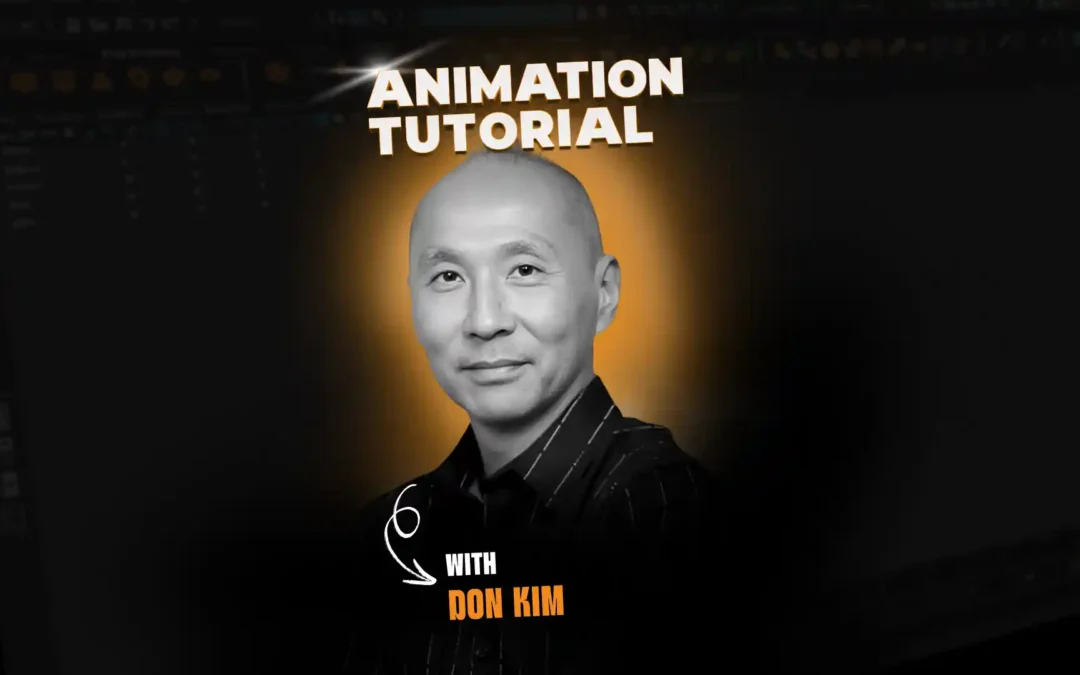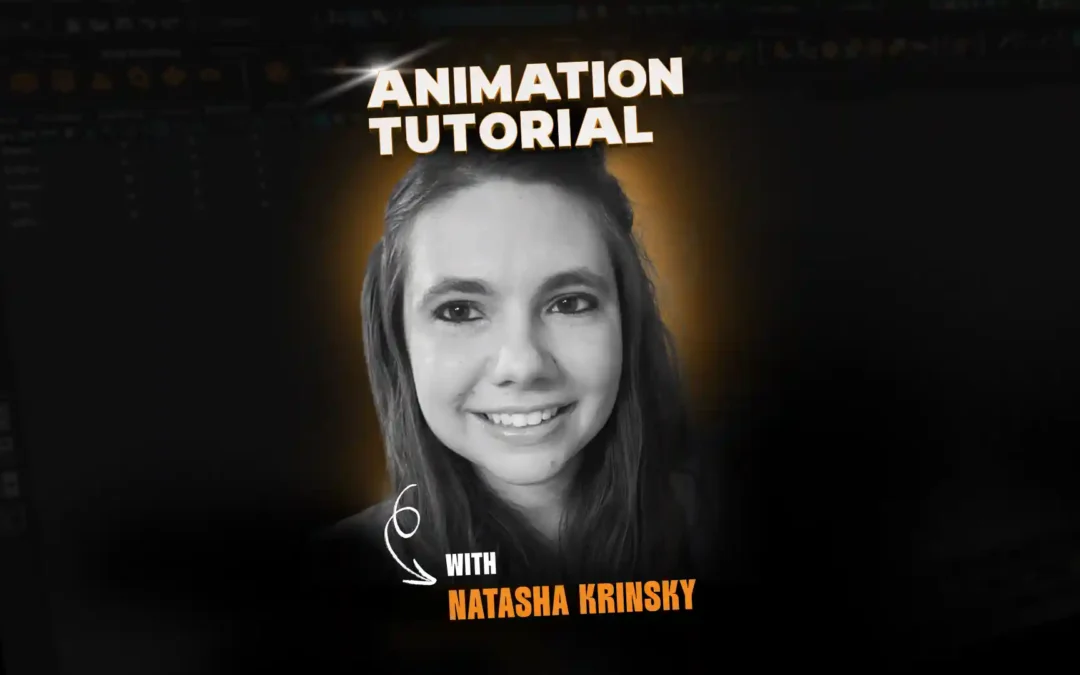Manuel Menéndez and Mariano Lopez are both graduates of our classic Character Animation Program. And, like many Animation Mentor alumni, they found themselves working together on an animated feature. Their journey took them from Spain to campus to South America to surpassing box office records. Join us as they discuss their work at Catmandu Studios in Buenos Aires and the feature Metegol.
And a big thank you to Manuel and Mariano for sharing and for their great work in the Animation Mentor community.
— The Animation Mentor Crew
The Animation Mentor community would love to hear about the animation scene in South America and Spain. Are there a lot of feature opportunities in the area?
Manuel: In the last four years, there has been quite an increase in the production of animation here in Spain, though the financial crisis has hit our country pretty hard as well. Thus, the budgets for most of the feature films that are being produced is quite limited, but some feature films and TV shows are still in the making so that’s always positive. The success of Planet 51 and Tadeo Jones have helped a lot when it came to giving producers confidence to keep on producing feature films in our country, and Metegol and Justin and the Knights of Valour will have to prove their worth this year as well to keep on building confidence.
Mariano: Although Argentina has a long history in traditional animation, with Manuel Garcia Ferre as the main representative animator and director, Metegol is the first real attempt to produce a quality 3D animation feature in South America. It is a vast region with very talented young artists so I am pretty sure that there are dozens of startup projects in many countries.
The Spanish 3D animation industry is still young but has produced a number of good feature films in the past years. Films like Planet 51 (Ilion Animation Studios) and Tadeo Jones (Lightbox Entertainment) have performed pretty well worldwide. Ilion and Lightbox are currently working on their new productions and KANDOR Graphics is also about to release a new feature both in English and Spanish. I believe that the future of the animation industry looks promising, we’ll see.
Tell us about Catmandu Studios. How did you get the job? What was the best part about getting hired for this opportunity?
Manuel: Two weeks before finishing my last term at Animation Mentor, I read on Facebook that they were looking for two junior animators for Metegol. I sent out my reel at the time, and they got in touch with me. It was quite fast because I remember that I finished Animation Mentor on a Friday, and the following Monday I had an email from Catmandu Studios requesting an interview! So exciting!
The best part about getting hired for this gig was probably the opportunity to work on my first feature film with amazing artists and a great director, but also the chance to make great friends and keep on learning and growing as an animator.
Mariano: One day back in February 2011, I was talking with my brother (who is also an animator), Ramiro Lopez Dau, when I first heard about a new production film starting in Buenos Aires, promoted by the award-winning director Juan Campanella. I didn´t know whether they where hiring. So thanks to my brother, I started pulling the thread until I got in touch with a good friend, Javier Hernaez, who was actually the Line Producer and he encouraged me to send my demo reel. That night, I worked hard to get my demo reel edited and I sent it on. Days later, they also asked me to do an animation test, I was so nervous because it was the best chance to start doing what I like the most! Everything turned out well, the animation director liked my work, we had an interview via Skype and discussed the contract details — and a few weeks later, I was on a plane to Buenos Aires for a life-changing adventure.
Catmandu is a studio based in Argentina, nearly 6,500 miles away from Spain where I live. Metegol was their first 3D animated feature film — and as in every start up, teams are new, there is a lack of experience in many fields, the budget is tight, and since the beginning they wanted to do a high-quality feature film that could compete internationally. So where is the key for success? They found people that wanted to show their skills as artists, and work with passion. I feel lucky that this was my first full-time job after completing Animation Mentor. For most of us, this was the best chance to stand out, to work hard as a team, and to demonstrate what we are able to do. As a junior animator, in the end what matters the most is to keep learning and get experience, get to know other animators, and to always enjoy the process.
In the end, a good film is our best sponsor, our demo reel is our best business card, and our fellow colleagues are our best network in order to get the next job.
What were the most challenging animation moments? And what were the best tips you learned that you would share with other animators?
Manuel: The most challenging moment was probably when I had to deal with my first shot for the film. I had 11 characters running on screen, each one with their own personality and their way of running, so there was a lot to take care of, all the actions had to read and the director wanted it to be perfect.
One of the most important tips when working on a feature is to listen to and understand the director’s vision. Try to ask as many questions as you can in the briefing of each sequence, and try to show him a blocking pass as soon as possible so that you know what he feels about it and if you’re going in the right direction. With a tight production quota, we don’t have the time to work for several days on a blocking pass, because we may have to end up changing most of it.
Mariano: When the production started, there were still a few characters that weren´t fully developed in terms of behavior and personality at the time we had to start animating. There is no need to say that there are many disadvantages when this happens, but thanks to this issue I had the luck of being part of this process of developing a character personality. I guess one of the most challenging moments was helping the animation director, Federico Radero, define the personality and behavior of Beto, one of the funniest characters in the film. It was a great experience, doing animation tests, working in every aspect that could give Beto a distinctive look, proposing different ideas in order to make him appealing, and giving the credit that Beto deserved in this film. That was fun.
How do you think your Animation Mentor training helped you — both for the film and for working in a studio?
Manuel: I would say that my Animation Mentor training helped me a lot when it came to creating a quick and detailed workflow that I could rely on. Speed is something that you gain once you start working in the industry, as you may have to animate in three days what you usually had two weeks to animate when you were in Animation Mentor. However, all the planning, blocking, and polishing methods are still key and important to get a great shot, we just end up internalizing a lot of the process, thus, going through it faster.
Mariano: Now I realize how close the Animation Mentor training was to working in a studio — every aspect of the course is designed to train us and make our life way much easier once you get into the industry. One important aspect is being consistent with the assignments — submitting my work punctually before the weekly deadline helped me later to follow the beat of the studio and dailies.
I always had the impression that the rigs and tools at Animation Mentor were quite advanced and it’s true, this helped to quickly start playing around with Catmandu rigs and focus on my animation only.
Every animator has his or her own way to work on a shot. It is easier to find the working process that I could be more confortable with when you are familiar with the different animation techniques and tricks. What is the best approach to a shot is something I am still polishing out, only experience will give me the answer. I guess the Animation Mentor training introduced me to many of the techniques that the best animators use, showing different ways to get a successful work and avoid getting stuck in painful situations.
And finally, the animation style of Metegol was pretty natural and realistic, having the experience in shooting video reference helped me a lot to plan every shot. Being fast is key when you have to meet the quota and still be original with the acting choices.
What are three things that Animation Mentor students should think about with respect to their future?
Manuel:
1. Be willing to start in a small studio. A lot of people don’t get the chance to work in a feature film right out of school. It’s always great to start working on smaller projects where you can keep on developing your skills.
2. Stay hungry. Always look for the next adventure or for a new way to develop your skills. Never stop learning.
3. Be persistent. Our industry is getting harder and harder every day, so if you really want to work in it, don’t give up, keep on learning and sooner or later an opportunity will arise.
Mariano:The industry is in constant change, the number of small to medium-sized projects multiply in many countries. So the opportunity multiply for people like me, just finishing at Animation Mentor and looking for the first employment. The chance to get into the industry might be in one of these places, sometimes we need to be ready to relocate, and be open to collaborate in many aspects of the production — and in return, you can learn from the experienced colleagues. From my point of view, being open minded, consistent with your work, and modest are keys for success. Keep your eyes open, as Animation Mentor is just the beginning of our learning journey.
——
Read more about Foosball: Foosball Sets First-Frame Argentine Record
To join Manuel and Mariano and the rest of the Animation Mentor community: apply today
http://img.youtube.com/vi/



